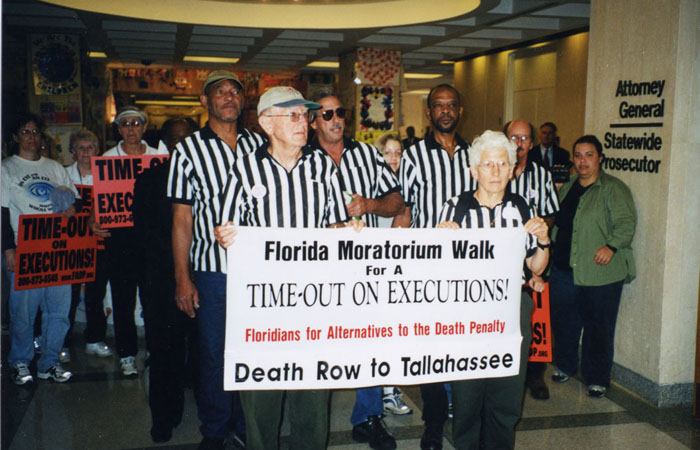This series consists of correspondence, meeting minutes of the Board of Directors (1977-1985) and the Executive Committee (1971-1973, 1984), and committee files created or gathered by the executive director, chairman, president, general secretary, and committee chairs of the Association. It also contains biographical information about prospective board members gathered by the Nominating Committee (1963-1967, 1969, 1971-1972, 1974-1982, 1984). Other documents in the series include meeting agendas, memoranda, grant proposals, reports, membership statistics, and records concerning bequests and endowments made to the Association. This material concerns prison conditions, children of offenders, sentencing policies, court rulings concerning prisoners' efforts to form labor unions, construction of new correctional facilities, and the operations of the Association itself. Letters from inmates concerning living conditions in various correctional facilities, transfers from one facility to another, health issues, allegations of abuse by corrections officers, and post-release work arrangements and drug-rehabilitation programs are scattered throughout the series. One of the letters (1985) directed to Correctional Association President Robert Gangi was written by Jean Harris, who became interested in the special problems of female inmates and their children during her imprisonment for murder. Note that the files created by the Institution's Visiting Committee are housed in Series 3, Prison Visits Files, circa 1915-1985, and files created by the Narcotics Committee are housed in Series 4, Narcotics Committee Files, 1949-1975.
